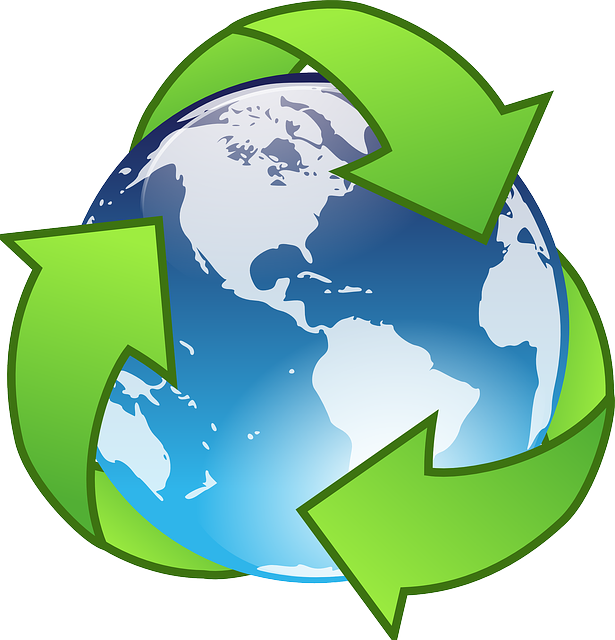[vc_row][vc_column width=”1/2″][vc_column_text]
Seychelles
Seychelles was the 169th largest economy in the world by nominal GDP in 2018. Its GDP per capita was $16,434 USD, the highest in Africa. It is an archipelago of 115 islands in the Indian Ocean, northeast of Madagascar. Its economy is dominated by tourism. In 2018, trade was at 189 percent of GDP. It was ranked 43rd in the World Bank's Human Capital Index in 2017. It is a member of the African Union. Services was the largest economic sector in 2018 (70.4 percent of GDP), followed by manufacturing (6.4 percent), and agriculture (2 percent). In 2017, the largest export sectors were services (62.75 percent), and agriculture (32.78 percent). The largest individual exports were travel and tourism (30.34 percent), ICT services (17.67 percent), frozen fish excluding fillets (15.33 percent), preserved tuna (15.28 percent), and transport services (14.73 percent). Its largest export partners were France (20 percent), Mauritius (13.36 percent), the UK (12.54 percent), and Japan (9.93 percent). The largest goods imports were frozen fishes excluding fillets (11.07 percent), and refined petroleum (5.72 percent). Seychelles was uninhabited when first settled by the French in 1768. It was annexed by Britain in 1794 and gained independence in 1976. Despite over 182 years of British rule, Seychellois Creole (based on French) is the main language. Since independence, tourism has propelled the economy making it the richest country in Africa in terms of GDP per capita. Recent efforts have succeeded in diversifying the source of visitors beyond Europe. Fishing and aquaculture are also key industries. Prawn farming began in 1989 and pearl cultivation in 1995. Canned tuna exports increased rapidly from 1995 when Heinz acquired a 60 percent stake in local company Indian Ocean Tuna. In 2018, the government with help from the World Bank, issued the world's first sovereign "Blue Bond". It was modelled after the World Bank's successful "Green Bonds" program. The proceeds from the bond will help pay for marine protection and fishery management. Since introducing the Seychelles International Business Companies Act in 1995, offshore banking has become a growing sector. Recent reforms have been made to reduce the potential for money laundering after the Seychelles came under international pressure. Due to its small size, Seychelles relies on imports and FDI. In 2008, having depleted its foreign exchange reserves, Seychelles requested assistance from the IMF. It continues to work with the IMF in order to maintain its financial resiliency.
[/vc_column_text][vc_column_text] Its population in 2018 was 95,235 [1]
Its population in 2018 was 95,235 [1]
 In 2015, 1.35% of its total energy
In 2015, 1.35% of its total energy
consumption was renewable [2]
 In 2021, its GDP grew by 1.85% [2]
In 2021, its GDP grew by 1.85% [2]
 In 2021 it had a negative Current
In 2021 it had a negative Current
Account Balance of US$bn 0.30 [3]
 Its unemployment rate in 2021 was 3.00% [3]
Its unemployment rate in 2021 was 3.00% [3]
 Its Expenditure on R&D (as a percentage of
Its Expenditure on R&D (as a percentage of
GDP) in 2016 was 0.22% [2]
What free trade areas or economic unions is it a member of?
None
[/vc_column_text][vc_column_text]What trade deals are there with other countries and economic unions?
Southern African Development Community (from 01/09/2000)
EU - Eastern and Southern Africa States free trade agreement (from 07/02/2019)
ESA - UK economic partnership agreement (from 01/01/2021)
[/vc_column_text][/vc_column][vc_column width=”1/2″][vc_column_text]PwC: Nigerian Report on Ease of Doing Business
Trade with the United Kingdom
Source: UK Office for National Statistics, October 2022.
Contains public sector information licensed under the Open Government Licence v3.0.
Loading, Please Wait!
This may take a second or two.
















































































